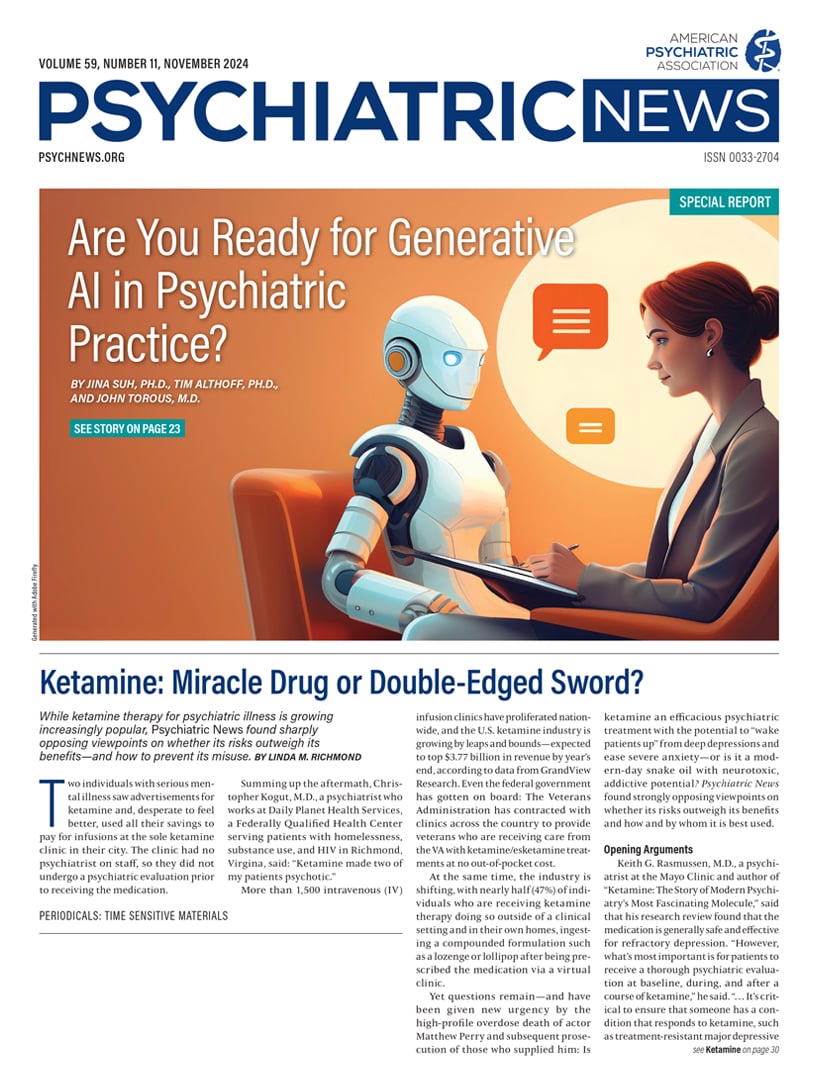Naloxone, a mu-opioid receptor antagonist, was first approved by the Food and Drug Administration (FDA) as an opioid overdose reversal medication in 1971. Since then, multiple naloxone formulations—intramuscular, intranasal, intravenous, subcutaneous—have been developed, enhancing the ability of emergency medical services and hospitals to rapidly treat acute opioid overdose and prevent overdose deaths.
In 2015, naloxone access was expanded when Narcan, an easy-to-administer naloxone intranasal spray, was made available to the general public by prescription. With FDA approval of an over-the-counter naloxone 4 mg intranasal spray in 2023, naloxone became available for purchase in retail locations and online. Additionally, some states, such as New York, provide free naloxone to any resident, organization, or first-responder agency that requests it through a state-run website.
As naloxone formulations have increased in number and availability over the years, so, too, has the strength of the data demonstrating naloxone’s efficacy and effectiveness in treating acute opioid overdose in clinical and real-world settings. There has also been a shift in the unregulated drug supply away from opioids such as heroin to highly potent, illegally manufactured synthetic opioids such as fentanyl and its analogues (hereinafter, fentanyl). Fentanyl has contributed significantly to the number of fatal overdoses over the last 10 years because more individuals have been exposed to it in the unregulated opioid drug supply and as an adulterant in other drugs such as cocaine and MDMA. Recently, the Centers for Disease Control and Prevention reported that 70% of all overdose deaths involved fentanyl and other synthetic opioids.
The epidemic numbers of fentanyl-related nonfatal and fatal overdoses have led some to question naloxone’s ability to reverse opioid overdoses. Given that naloxone’s half-life is about two hours and the half-life of fentanyl is about eight hours, an initial naloxone dose may wear off while fentanyl is still present in the body. Administering additional naloxone doses to a person experiencing an opioid overdose may be necessary to prevent respiratory depression. In 2017, the National Institutes of Health responded by announcing partnerships with pharmaceutical companies to develop stronger and longer-acting formulations of opioid antagonist medications.
One medication to come out of this partnership is nalmefene intranasal spray (Opvee), an opioid receptor antagonist medication currently available only by prescription. Like naloxone, nalmefene reverses opioid overdose by blocking opioid receptors, but with a greater affinity for opioid receptors and a longer half-life of about 11 hours. When compared with naloxone, nalmefene’s pharmacologic properties may offer an advantage in reversing overdoses, but there are potential disadvantages as well.
The adverse event most associated with both naloxone and nalmefene is the acute onset of opioid withdrawal. Nalmefene’s longer duration of action, however, puts patients at risk of experiencing opioid withdrawal for many more hours than naloxone. An emergency department (ED) could manage nalmefene-induced protracted opioid withdrawal, but individuals who decline ED transport after a nalmefene overdose reversal may put themselves at risk for another overdose by trying to mitigate opioid withdrawal by using more opioids. Additionally, a critical opportunity to initiate buprenorphine after an overdose reversed by nalmefene may be delayed or lost because of the wait for nalmefene’s effects to subside. Indeed, it is easy to imagine individuals experiencing severe opioid withdrawal being unwilling to wait several hours in an ED to start buprenorphine.
Nalmefene might have a role as an opioid overdose reversal medication, but more research is needed to better understand its potential advantages and disadvantages and the particular settings where it might be appropriately utilized. In the meantime, expanded access to naloxone throughout the United States is sorely needed. ■
